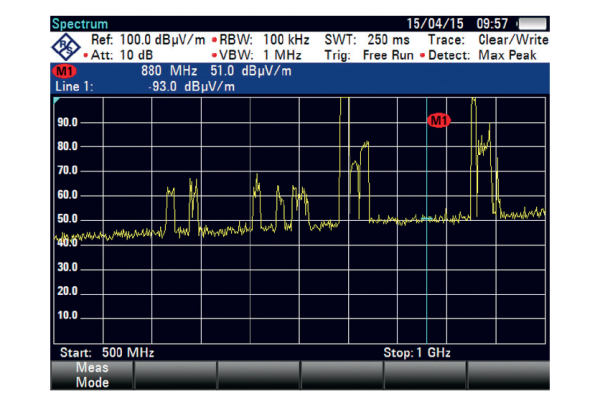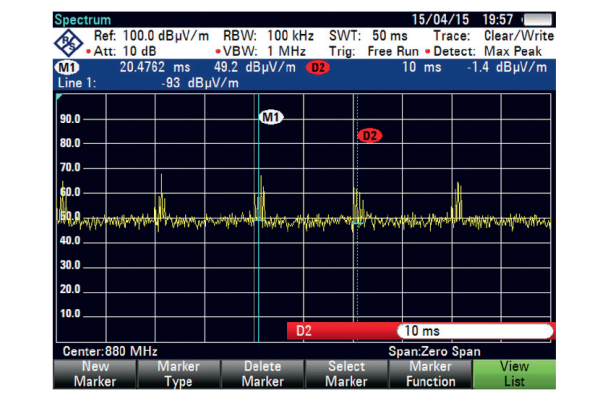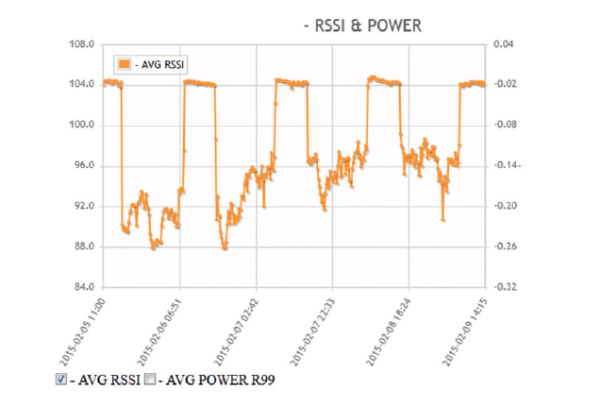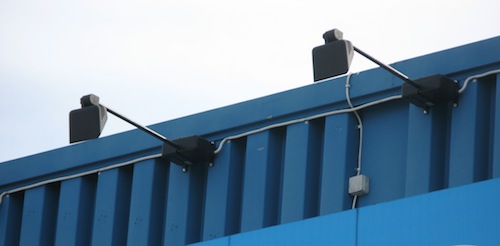A new product . must comply with certain EMC requirements in order to fulfill the essential requirements in the EMC directive. Mostly we take it for granted the product maintains its EMC performance through its entire lifetime. From sometimes bitter experience we know that our dear products fail occasionally, needing repair or replacement. Most people relate failure to loss of function but loss of EMC performance can also occur.
The authorities try to find non compliant products by means of market surveillance but how about products in use? The authorities for sure cannot examine all products and installations regarding EMC to ensure they fit their electromagnetic environment. Well, inspections sometimes take place but given the total amount of products and installations in existence we have to face the fact it’s impossible to find everything.
In most cases EMC problems are discovered by for example users of radio spectrum, reporting radio interference problems (the classic EMC issue). Here we have a typical example from a mobile network operator experiencing a noisy environment at the uplink (listening frequency) at one of its 900 MHz base stations. In order to get good service time for the mobile telephones the transmitter power for the hand set must be kept low. Also protruding (i.e. efficient) antennas has to be avoided so it is clear that it calls for good radio system performance at the base station end. High gain antennas are used.

The Swedish authorities, in this case Elsäkerhetsverket (the Swedish national Electrical Safety Board), has had several cases with electric lighting causing radio interference. An example is ageing metal halide lamps. The lamps seems to have proper EMC performance when new, also burnt out lamps poses no EMC problems.
But when the lamps have reached their service life the lamp starters begin oscillating as they are trying to re-ignite the lamp. It’s a bit the same situation as for old fluorescent tubes, except that the oscillating rate is much faster for the metal halide lamp, making it hard to actually detect a bad lamp by the eye. Inside the luminaire there is a high voltage starter providing the igniting pulse. At each pulse there is a transient signal. As the igniting sequence normally is very quick the ignition shall pose no interference but the oscillation of a bad lamp is a different matter.


Here we can see the difference in interference level when the lightning illuminating a large shop sign is switched on. The network provider has also presented a graph showing how signal/noise ratio is affected. The sign is illuminated during the dark hours.

The operator has reported loss of network performance because of the interference. After a visit Elsäkerhetsverket has submitted the owner of the sign to correct it to stop it from interfering, this according to Swedish law. The mobile operator has dealt with a number of similar cases with aging metal halide lamps and it is a worrying situation as it is a very common type of lighting. The distance between lamps and antenna was approx 250 meters.
Henrik Olsson
Elsäkerhetsverket


